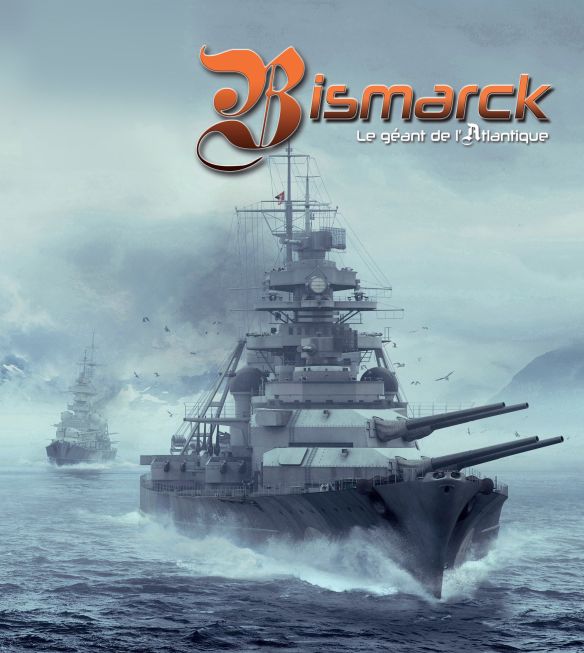Bismarck: Blohm & Voss (July 1936–August 1940); Tirpitz: Wilhelmshaven Dockyard (October 1941) Bismarck and Tirpitz were the last and by far the most powerful battleships built by Germany. Although nominally still bound by the London Naval Agreement, they exceeded its tonnage limitations by a wide margin. In this case “wide” can be taken literally; they were the broadest-beamed of any contemporary capital ship, which gave them outstanding stability. (Only the aborted U.S. Montanas would have measured wider.) Their intricate internal subdivision made them extraordinarily difficult to sink. Yet at the end of the war, and in sharp contrast to World War I, not one German capital ship survived to be turned over to the Allies.
The chase and ultimate sinking of Germany’s monster battleship Bismarck (24–27 May 1941) involved no less than five RN battleships, two aircraft carriers, nine cruisers, and 18 destroyers. Bismarck had completed its sea trials the previous month. (Captain Ernst Lindemann was granted special permission to refer to the ship as “he,” in honor of former chancellor Otto von Bismarck.) In the initial stages of the battle, fire from Bismarck’s consort, the heavy cruiser Prinz Eugen (some claim that the fatal fire came from Bismarck), caused the British super-battle cruiser Hood to explode with the loss of all but three of its 1,500 crewmen. It was only Hood’s second serious combat in her 20-year lifespan. Although by 1941, Hood was elderly and unmodernized (plans to thicken its armor protection had been aborted with the onset of war), its loss was considered a national tragedy. Hood was the fastest and largest capital ship of the time, actually weighing some 5,000 tons more than the new Prince of Wales class of battleships. Prince of Wales, in its first engagement, and with workmen still aboard, did not fight efficiently and was the target of both German warships; it broke off the engagement and fell away under cover of a smokescreen. (Bismarck was also a new battleship, but it did have the advantage of several months of work-up cruises.) As if losing Hood were not bad enough, now a Royal Navy battleship, part of a superior British force, had retreated in the face of the enemy. Actually, the RN side of the battle had been badly handled, with Admiral Lancelot Holland in Hood allowing Bismarck and Prinz Eugen to cross the T of his two main warships; Holland paid for this blunder with his life. But King George V (sister ship to Prince of Wales) and Rodney had devastated Bismarck’s upperworks with concentrated fire. It was finally dispatched some 600 miles off the French coast by torpedoes from the cruiser Dorsetshire. There is even some persuasive argument that its own crew scuttled Bismarck in a final act of defiance. (Prinz Eugen managed to escape the British net, later made the Channel Dash with Scharnhorst and Gneisenau, was used as a target vessel after the war [surviving two atomic explosions at Kwajelein/Bikini Atoll in July 1946], and sank after an accident disabled its stern.)
Tirpitz, sister ship to Bismarck, was attacked no less than six times by RN carrier torpedo-bombers before it was even ready to go to sea; once each by Soviet and British bomber aircraft and a Soviet submarine; and once by British midget submarines. Finally, on 12 November 1944, 36 Royal Air Force bombers, armed with 5.5-ton bombs, scored three direct hits. Germany’s last battleship capsized with heavy loss of life. It is indicative of the amount of metal that went into the construction of a battleship that it took nine years to dismantle Tirpitz for salvage.
